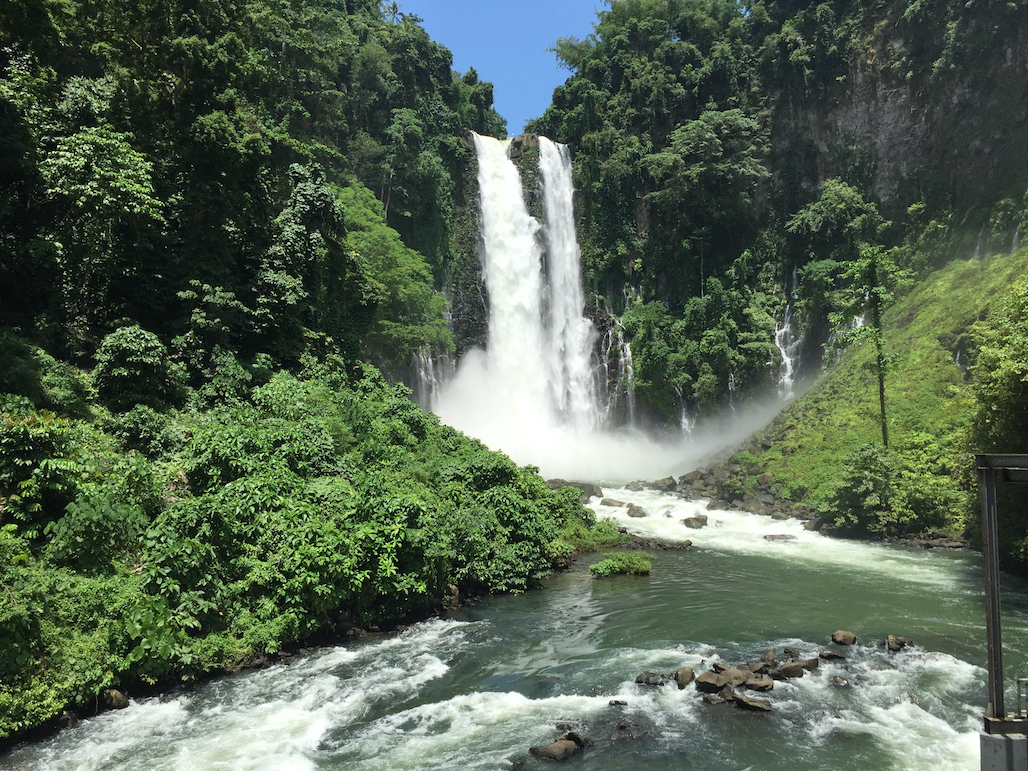
The Philippines will upgrade and construct flood protection infrastructure in the Ranao/Agus and Tagum–Libuganon river basins in Mindanao in the initial phase of a nationwide project addressing flood and climate risks in major river basins across the country. The initial phase also includes the Abra river basin in Luzon.
The Integrated Flood Resilience and Adaptation Project Phase 1 aims to protect people and livelihoods in the three major river basins amid rising risks from climate change. The Philippines is one of the most vulnerable countries to the effects of climate change and disasters caused by natural hazards.
The project takes into account future climate change impacts and incorporates nature-based solutions such as restoring and reconnecting old river channels for natural drainage and reinforcing riverbanks with mangroves and vegetation planting.
The project will be partly financed through a $303-million loan from the Asian Development Bank (ADB).
“Climate change is expected to raise risks from extreme weather events. These river basin communities are highly vulnerable to climate-related hazards, as we have seen in recent years when typhoons destroyed infrastructure, displaced families, and damaged crops,” said ADB Senior Water Resources Specialist Junko Sagarain in a news release. “The project will help lessen these risks and improve income and livelihood opportunities, especially for the poor and vulnerable.”
From 1995 to 2015, the Philippines endured 2,745 calamities triggered by natural hazards, although not all of these events were considered catastrophic. About 56% of damage to properties were due to typhoons and storms, 29% were due to floods, and 6% were due to landslides.
The project is aligned with the Philippine government’s climate priorities under its National Climate Change Action Plan, 2011–2028, and the Philippine Development Plan, 2023–2028.
The project will help strengthen the Philippines’ capacity to perform flood risk management planning by providing training for government officials, installing equipment for weather and river flow monitoring and early flood warning, and introducing an asset management information system.
The project aims to boost community-based flood risk management by supporting 22 local government units and about 150 barangays in updating their climate and disaster risk assessments and integrating flood risk management in local development plans. Training will be conducted to build the capacity of communities in climate change adaptation and managing flood risks. The project will include civil society organizations and beneficiary groups in its planning and implementation.
The feasibility study and design for the project were supported by ADB’s Infrastructure Preparation and Innovation Facility, which has been helping Philippine government agencies access information on up-to-date technology and innovative designs in building major infrastructure projects since 2017.
The project is complemented by policy reforms being pursued under ADB’s Climate Change Action Program, which is the bank’s first climate action policy-based loan, and the Competitive and Inclusive Agriculture Development Program, which aims to lift agriculture resilience and productivity and enhance food security.
The Tagum–Libuganon river basin extends over four provinces: Davao del Norte, Davao del Sur, Compostela Valley, and Agusan del Sur, while the Ranao/Agus river basin extends over Lanao del Sur, Lanao del Norte, and Maguindanao.
The Tagum–Libuganon and the Abra river basins were included in an ADB-supported project that piloted the use of nature-based solutions to reduce flood risks in vulnerable river basin communities.
Nature-based solutions leverage on the intrinsic abilities of natural river systems to deliver climate resilience at a lower cost than traditional infrastructure development while minimizing negative environmental and social impacts. The approach is science-based and follows the principles of participatory water resources management. Solutions include planting mangroves, restoring wetlands, and building bioswales.
The nature-based solution pilot project also included the Buayan–Malungon river basin in Mindanao. The government hopes the project could serve as models for potential replication and upscaling in other river basins in the country.
This article was first published by BIMP-EAGA on 20 September 2023.

